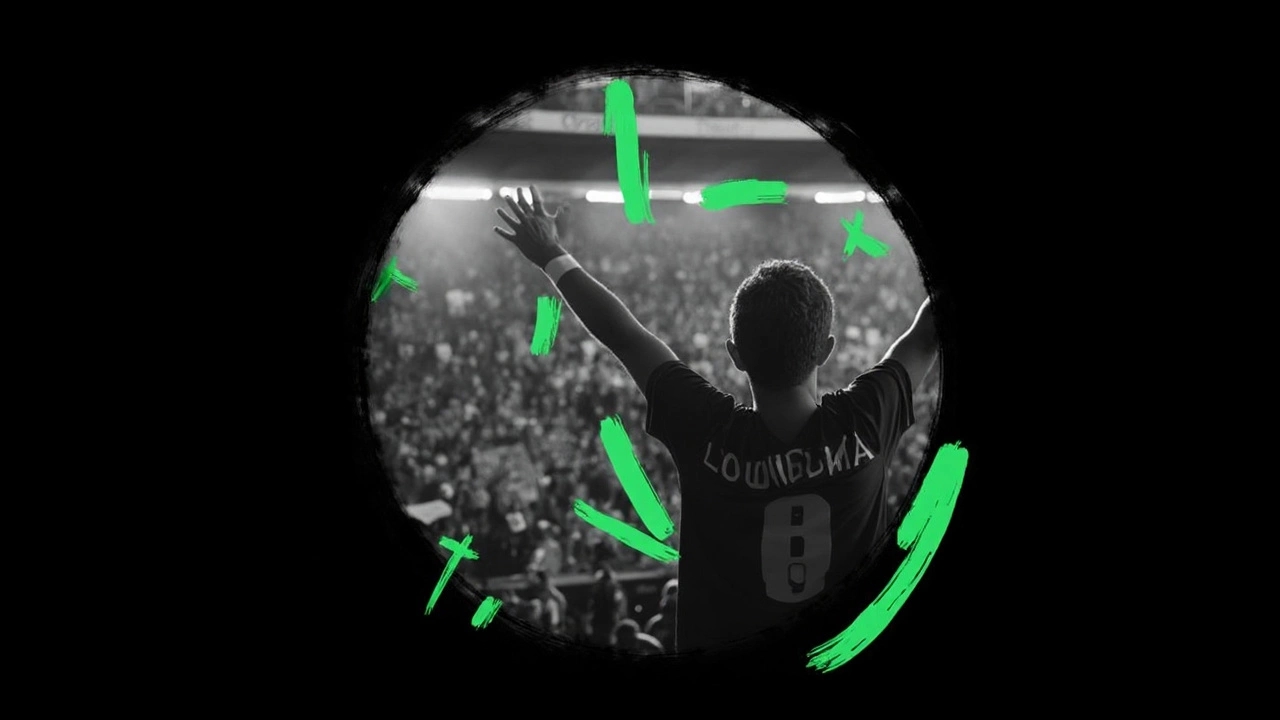Commercial Revenue in Formula 1 – The Money Behind the Speed
If you watch a Grand Prix, you see cars, drivers and crowds. Behind the scenes, a big part of the show is the cash that keeps it running. This guide explains the main ways Formula 1 generates commercial revenue, so you can see where the money comes from and why it matters.
Sponsorship and Brand Partnerships
Teams and the sport itself rely heavily on sponsorship. Big brands like Rolex, Petronas, and DHL put their logos on cars, helmets and team clothing. In return they get global exposure when a race is broadcast to millions of viewers. These deals can be worth tens of millions of pounds each season. For a smaller team, a single title sponsor can cover a large chunk of the operating budget.
Television Rights and Streaming
TV rights are another huge revenue stream. F1 sells the rights to broadcast races to networks and streaming platforms worldwide. The deal with Sky Sports in the UK, for example, brings billions of pounds over several years. New digital platforms like F1 TV also add money directly from fans who pay for live race feeds, on‑demand replays and exclusive behind‑the‑scenes content.
Race Hosting Fees
Every Grand Prix host pays a fee to hold a race on the F1 calendar. This fee can range from $30 million to over $100 million depending on the location and the length of the contract. The money helps the sport cover costs and fund development programs. In return, the host city gets tourism, media attention and a boost to the local economy.
Merchandise and Licensing
Fans love buying caps, t‑shirts, model cars and video games. F1 licenses its brand to manufacturers and retailers, earning a cut of each sale. Official merchandise sold at races or online adds another steady income line. Licensing also extends to mobile apps, toys and even theme park attractions.
Digital and Data Services
Data is a gold mine in motorsport. Teams pay for the advanced telemetry that helps them improve performance, while fans pay for in‑race stats and live timing through apps. The sport also offers corporate hospitality packages that include exclusive access to the pit lane, gourmet meals and networking opportunities. These packages bring high‑margin revenue from business customers.
All these sources combine to create a robust commercial revenue model. When one area slows down—like a dip in TV viewership—others can pick up the slack, keeping the sport financially healthy. Understanding these streams helps fans appreciate why race fees rise, why cars carry more logos, and why new digital services keep appearing.
Bottom line: Formula 1 isn’t just about speed; it’s a complex business that mixes sponsorship, broadcast rights, race fees, merchandise and digital services to generate commercial revenue. Each piece supports the next, ensuring the sport can keep delivering the excitement you love to watch.

Premier League Finances Surge Ahead: Clubs See Strong Profits and New Regulator Looms
Premier League clubs have bounced back financially in the 2023/24 season, posting robust profits, rising revenues, and a significant cut in pre-tax losses. With commercial income booming and a new Independent Football Regulator on the way, major changes are brewing on and off the pitch.
View more